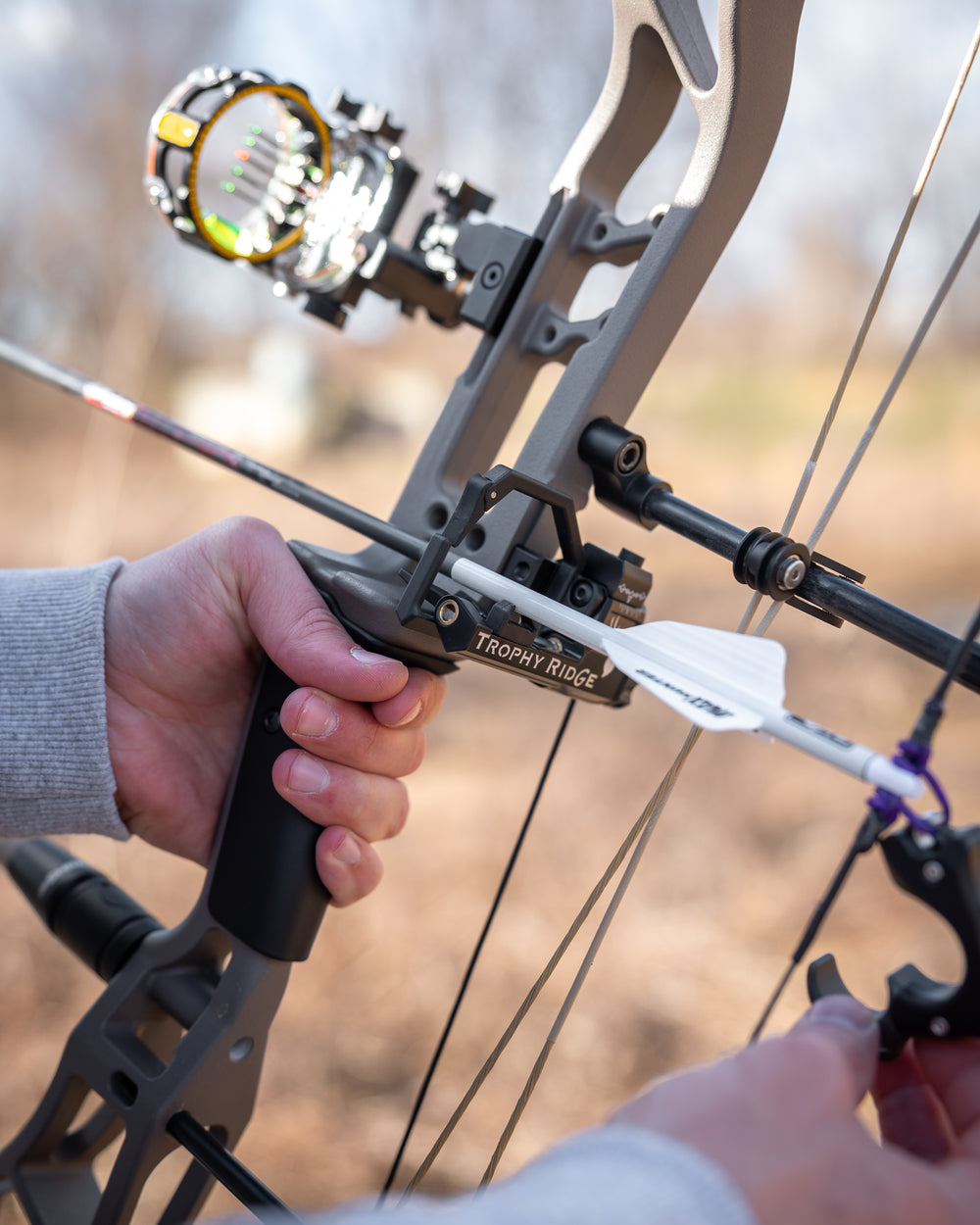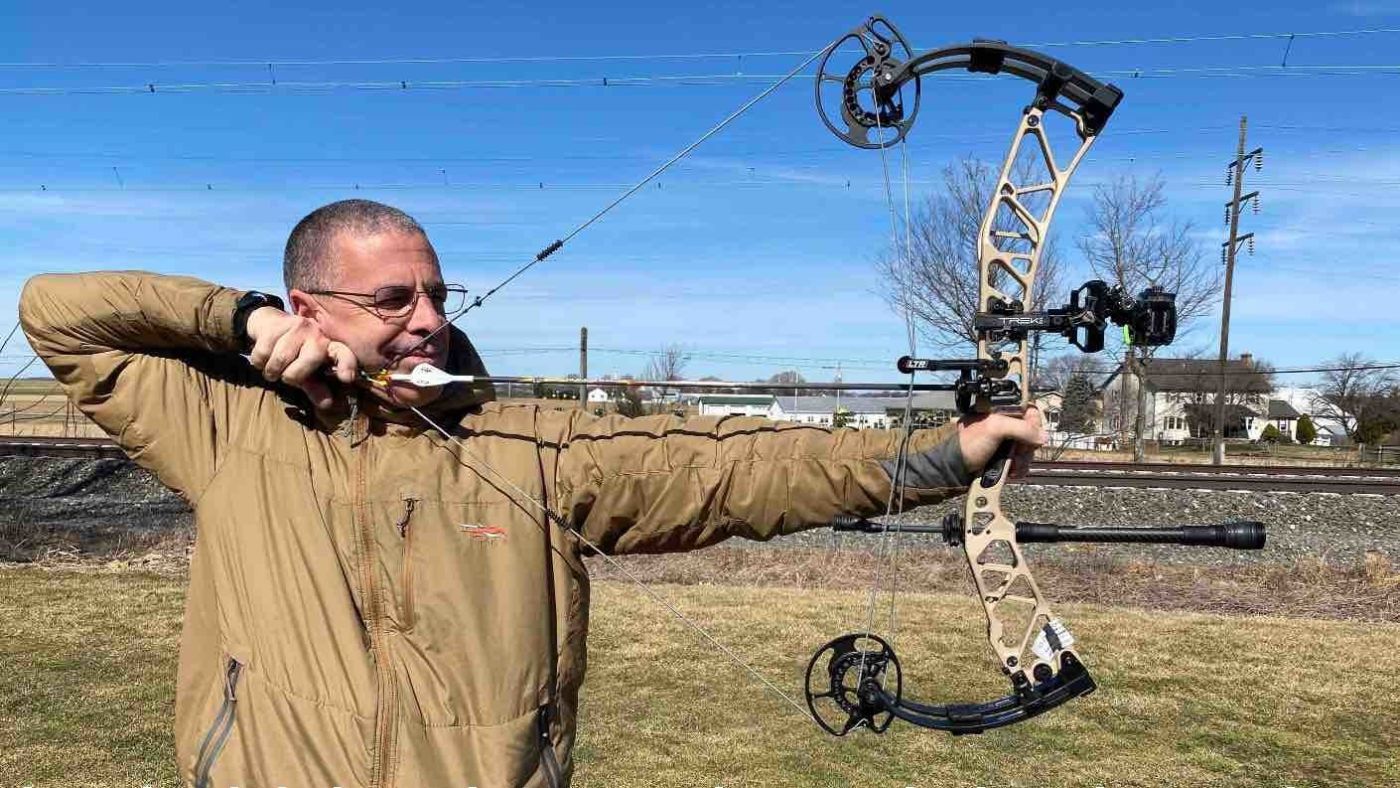Increase Your Archery Efficiency: The Ultimate Guide to Bow Stabilizer Arrangement
Among the numerous elements that add to precision and stability, the bow stabilizer plays an essential role in improving your shot implementation. Recognizing just how to enhance your bow stabilizer setup can lead to significant improvements in your general accuracy and consistency on the range or in the area.
Understanding Bow Stabilizers
In the realm of archery devices, the role and feature of bow stabilizers stand as vital parts for improving shooting accuracy and security. Bow stabilizers are designed to decrease bow torque, lower resonances, and aid in holding the bow constant during the intending and launch process. By attaching a bow stabilizer to the riser of the bow, archers can experience better balance and minimized hand shock, resulting in more constant and exact shots.
The primary purpose of a bow stabilizer is to moisten any type of vibrations that occur upon launching the arrow. This reduction in resonance not only enhances the shooter's convenience but likewise helps preserve focus and control throughout the shot cycle. In addition, bow stabilizers aid in reversing the weight of devices affixed to the bow, such as sights, quivers, and arrow rests, making certain optimal weight circulation for enhanced security.
Recognizing the mechanics and advantages of bow stabilizers is important for archers looking to fine-tune their shooting performance and achieve greater precision on the range or in the field.
Selecting the Right Stabilizer Weight
Selecting the appropriate weight for your bow stabilizer is an important facet of maximizing your archery arrangement for improved shooting efficiency. The stabilizer weight directly affects just how effectively the stabilizer lowers vibration and stabilizes your bow throughout the shot. When picking the right stabilizer weight, it's important to consider your shooting style, bow balance, and personal preferences.
Lighter stabilizers, generally weighing in between 3-6 ounces, are favored by archers that prioritize maneuverability and quick target procurement. On the various other hand, larger stabilizers, varying from 8-12 ounces or more, are chosen by target archers seeking optimum stability and decreased bow motion.
Eventually, the very best stabilizer weight for you will depend on your capturing goals and choices. Explore various weights and locating the one that provides the optimal balance of stability and ability to move is essential to enhancing your archery efficiency.
Setting Up Your Bow Stabilizer
To properly install your bow stabilizer, ensure that you have all the needed devices and comply with these step-by-step instructions for a safe and secure and reliable configuration. Beginning by recognizing the front stabilizer bushing on your bow riser.
Very carefully string the stabilizer into the front bushing by hand, making certain not to cross-thread it (bow stabilizer). As soon as the stabilizer is well in position, use an ideal wrench to tighten it securely. Stay clear of over-tightening, as this can trigger damages to the bow or stabilizer
After mounting the stabilizer, check to guarantee it is straight and lined up with the bow. Some stabilizers come with adjustable weights or dampeners; readjust these according to your preferences and shooting design. Finally, examination the bow to make sure the stabilizer is effectively reducing vibration and improving your shot uniformity.
Changing Stabilizer Position for Accuracy
After mounting the bow stabilizer safely, optimizing its setting is critical for improving accuracy in your shooting. Moving the stabilizer more detailed to the riser can assist minimize the bow's total weight circulation, potentially improving your intending stability.
When adjusting the stabilizer position, take into consideration the kind of shooting you do. For target archery, a longer stabilizer positioned better out might be valuable for added security throughout the intending process link - bow stabilizer.
Fine-Tuning Your Stabilizer Arrangement

In addition, think about the placement of any dampeners or weights along the stabilizer pole. Relocating these components closer to or further from the riser can modify the stabilizer's general impact on your bow's balance. Fine-tuning these details can help in reducing resonance, decrease hand shock, and boost total control throughout the shot execution.
Consistently reassess your stabilizer configuration as your capturing technique evolves to guarantee it remains to complement your kind and capturing goals. By finetuning your stabilizer arrangement with accuracy and care, you can enhance your bow's performance and raise your archery abilities to new heights.
Conclusion
Finally, maximizing your bow stabilizer arrangement is crucial for enhancing your archery performance. By recognizing the function of stabilizers, choosing the ideal weight, correctly placing the stabilizer and setting up, and a fantastic read fine-tuning its arrangement, you can improve your accuracy and uniformity in shooting. Put in the time to experiment with different configurations and adjustments to find the arrangement that functions best for you and aids you achieve your archery goals.
Bow stabilizers are designed to minimize bow torque, lower vibrations, and help in holding the bow stable throughout the intending and release procedure. By attaching a bow stabilizer to the riser of the bow, archers can experience better balance and reduced hand shock, resulting in more accurate and consistent shots.

The stabilizer weight directly affects how effectively the stabilizer lowers resonance and stabilizes your bow throughout the shot. bow stabilizer. By recognizing the purpose of stabilizers, choosing the appropriate weight, appropriately installing and placing the stabilizer, and adjust visit site its setup, you can improve your accuracy and consistency in capturing
Comments on “Bow Stabilizer Reviews: Discover the Perfect Stability Service for Your Bow”